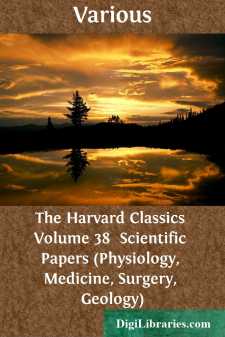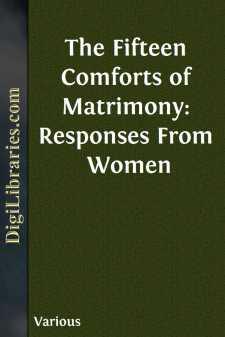Categories
- Antiques & Collectibles 13
- Architecture 36
- Art 48
- Bibles 22
- Biography & Autobiography 813
- Body, Mind & Spirit 142
- Business & Economics 28
- Children's Books 17
- Children's Fiction 14
- Computers 4
- Cooking 94
- Crafts & Hobbies 4
- Drama 346
- Education 46
- Family & Relationships 57
- Fiction 11829
- Games 19
- Gardening 17
- Health & Fitness 34
- History 1377
- House & Home 1
- Humor 147
- Juvenile Fiction 1873
- Juvenile Nonfiction 202
- Language Arts & Disciplines 88
- Law 16
- Literary Collections 686
- Literary Criticism 179
- Mathematics 13
- Medical 41
- Music 40
- Nature 179
- Non-Classifiable 1768
- Performing Arts 7
- Periodicals 1453
- Philosophy 64
- Photography 2
- Poetry 896
- Political Science 203
- Psychology 42
- Reference 154
- Religion 513
- Science 126
- Self-Help 84
- Social Science 81
- Sports & Recreation 34
- Study Aids 3
- Technology & Engineering 59
- Transportation 23
- Travel 463
- True Crime 29
Notes and Queries, Number 236, May 6, 1854 A Medium of Inter-communication for Literary Men, Artists, Antiquaries, Genealogists, etc
by: Various
Categories:
Description:
Excerpt
AN ENCYCLOPÆDIA OF VENTILATION.
"The House [of Commons] met to-day [27th April] after the Easter holidays—and honourable members, on entering, seemed highly to appreciate the unusual luxury of a little fresh air."—The Times, 28th April.
The failure of some late attempts to ventilate public buildings invites me to set forth an Encyclopædia of ventilation—at a cheap rate, and in a compendious form.
Aware of the abilities and celebrity of many of the writers on this subject—from Whitehurst and Franklin to Reid and Gurney—I must ward off the imputation of self-conceit by expressing my belief that the errors of those who have failed should be chiefly ascribed to excessive cleverness; to unadvised attempts at outwitting nature! I hope to escape that snare. In the execution of my humble task, I shall entirely rely on common sense and common experience.
Air is essential to human life, and as respiration destroys its vital qualities, the ventilation of rooms which are intended for habitation should be a primary object in all architectural plans.
Architects, however, seldom provide for the ventilation of rooms otherwise than as they provide for the admission of light. Now the properties of light and air, with reference to our domestic requirements, differ in some important particulars—of which it may not be amiss to give a brief enumeration.
Light moves with uniform velocity: air is sometimes quiescent, and sometimes moves at the rate of thirty miles an hour. Light diffuses itself with much uniformity: air passes in a current from the point of its entrance to that of its exit. Light, whatever be its velocity, has no sensible effect on the human frame: air, in the shape of a partial current, is both offensive to the feelings and productive of serious diseases. Light, once admitted, supplies our wants till nightfall: air requires to be replaced at very short intervals. Light may be conveniently admitted from above: air requires to be admitted on the level of the sitter. Light, by the aid of ground glass, may be modified permanently: air requires to be variously adjusted according to its direction, its velocity, the seasons, the time of the day, the number of persons assembled, &c.
An attentive consideration of the above circumstances leads me to certain conclusions which I shall now state aphoristically, and proceed to describe in more detail.
A room designed for a numerous assemblage of persons—as a reading-room, a lecture-room, or a school-room—should be provided with apertures, adapted to admit spontaneous supplies of fresh air, in such variable quantities as may be required, on at least two of its opposite sides, and within three feet from the floor; also, with apertures in the ceiling, or on a level therewith, to promote the exit of the vitiated air. The apertures of both descriptions may be quite distinct from those which admit light.
Suppose a room to be twenty-four feet square, and sixteen feet in height, with two apertures for light on each side, each aperture being three feet wide by eight feet in height, and rising from the floor....












